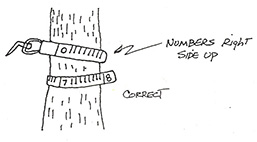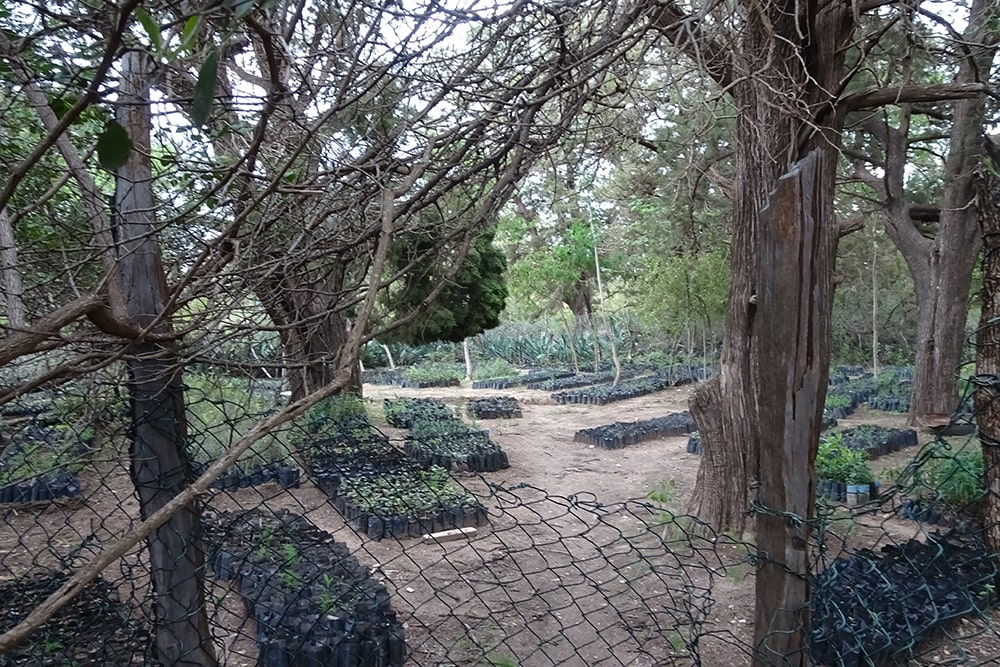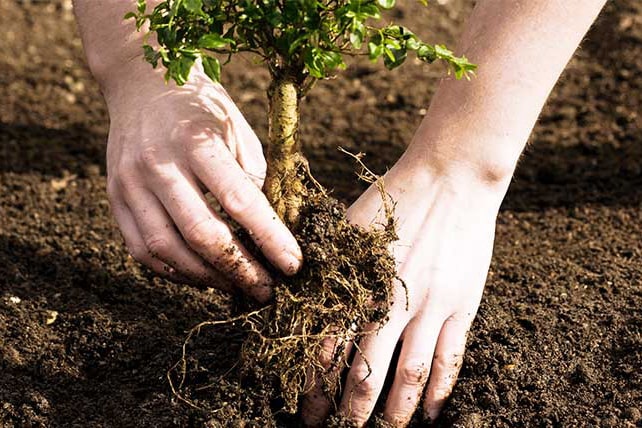Establishing Trees
Trees can benefit communities in many ways. They prevent soil erosion and provide shade, pollen, wood, housing, seeds, and fruits. Some of these benefit humans directly, some indirectly, but Somaliland has lost many of its trees because of overuse. The Foundation will work with local schools and community members to encourage establishment of trees and the long term value of doing so.

Recording tree growth
Mature trees provide shade, prevent soil erosion, and provide pollen, seeds and fruits for use by animals. Some of these benefit humans directly, some indirectly. But to reach maturity, a tree must survive many threats: drought, starvation, hungry animals, nest-building animals, lack of pollinators, and human needs. Recording the growth of individual seedlings and mature trees will increase awareness of what trees need to survive and lead to increased understanding of how to establish and look after the trees in an area.

Seed to sapling
Plants produce lots of seeds in their lifetime. In nature, many will not survive. Nurseries help seeds grow into healthy saplings (young trees). During this process, they must develop a good root system because plants need roots that can draw nutrients out of the soil. More needs to be discovered about the needs of different species for their first few years, particularly their need for water, so that they can be given what they need without waste.

Planting saplings
Once a seedling is old enough, it needs to be planted at its final location. This is a dangerous step for the young tree. Its roots become established and the young plant protected from the animals that see it as a tasty morsel. Even when mature, it must be allowed to grow enough leaves to survive and even grow a little. Learning more about what Somaliland’s trees species need to reach maturity will make it possible to provide better instructions and accurate estimates of the amount of time and effort involved.